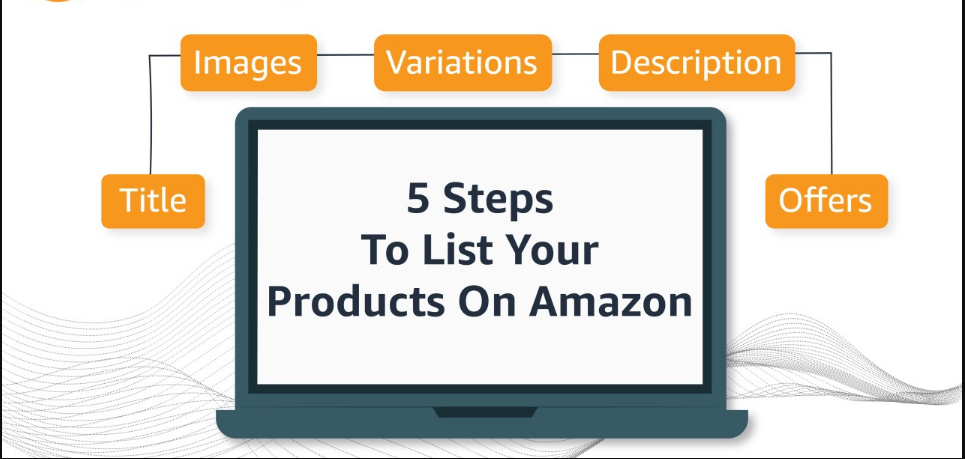Ever thought about selling your own branded products on Amazon? Welcome to the world of Amazon Private Label! In 2024, this business model is booming, offering immense opportunities for entrepreneurs to build and scale their own brands. Let’s dive into everything you need to know about starting your own Amazon Private Label business this year.
Table of contents
- What is Amazon Private Label?
- Why Consider Amazon Private Label in 2024?
- Benefits of Private Labeling on Amazon
- Steps to Launch Your Amazon Private Label Brand
- Listing Your Product on Amazon
- Pricing Strategies
- Marketing Your Amazon Private Label
- Managing Customer Reviews and Feedback
- Scaling Your Amazon Private Label Business
- Common Challenges and How to Overcome Them
- Conclusion
What is Amazon Private Label?
Amazon Private Label involves selling products manufactured by a third party but branded with your own label. Essentially, you create a unique brand and market products as your own, even though they’re made by other manufacturers. This model allows you to stand out in the crowded Amazon marketplace with a distinctive brand identity.

Why Consider Amazon Private Label in 2024?
Market Trends
The e-commerce landscape is continuously evolving, and 2024 is no different. With more consumers shopping online, the demand for unique and high-quality products is skyrocketing. Private labeling lets you tap into this demand with your personalized offerings.
Benefits of Private Labeling on Amazon
- Brand Control: You have full control over branding, pricing, and marketing.
- Higher Margins: By cutting out middlemen, you can enjoy higher profit margins.
- Customer Loyalty: Building a recognizable brand fosters customer loyalty and repeat purchases.
Steps to Launch Your Amazon Private Label Brand
Follow these simple steps to launch your own amazon private label business and boost revenues
| Step | Description |
| Finding a Niche | Look for market gaps where demand is high but competition is relatively low. Use tools like Jungle Scout or Helium 10 to identify profitable niches. |
| Conducting Market Research | Understand your competitors and potential customers. Analyze what similar products are doing well and identify areas where you can offer something better or different. |
| Sourcing Your Products | Partner with reliable suppliers. Platforms like Alibaba are great for finding manufacturers. Ensure the quality of your products by ordering samples before committing to large orders. |
| Creating Your Brand | Your brand is your identity. Invest time in designing a memorable logo and eye-catching packaging. Consider registering your trademark to protect your brand legally. |
Listing Your Product on Amazon

· Crafting a Compelling Product Title
Your product title is the first thing customers see. Make it descriptive and keyword-rich to improve searchability and attract clicks.
· Writing a Detailed Product Description
Your product description should highlight the features, benefits, and uses of your product. Use bullet points for easy readability and include keywords for better SEO.
· Optimizing Product Images
High-quality images can significantly impact your sales. Use multiple images showing different angles and uses of the product. Consider adding infographics to highlight key features.
Pricing Strategies

Competitive Pricing
Research your competitors to set a competitive price point. Ensure your price reflects the value of your product while remaining attractive to customers.
Profit Margins
Calculate your costs and set a price that ensures a healthy profit margin. Don’t forget to factor in Amazon fees, shipping, and other expenses.
Marketing Your Amazon Private Label

Utilizing Amazon PPC
Amazon Pay-Per-Click (PPC) advertising can boost your product visibility. Start with automatic campaigns to gather data, then refine with manual targeting.
Leveraging social media
Promote your products on social media platforms to drive further traffic to your Amazon listings. Engage with your audience and create buzz around your brand.
Managing Customer Reviews and Feedback
Positive reviews are crucial for building trust and boosting sales. Encourage satisfied customers to leave reviews through follow-up emails or inserts in your product packaging. Negative reviews are inevitable. Respond professionally and promptly, offering solutions to resolve issues. Moreover, use negative feedback as an opportunity to improve your products and customer service.
Scaling Your Amazon Private Label Business
Once your initial product is successful, consider expanding your product line. Look for opportunities to sell in other Amazon marketplaces globally. Each market has its unique demands and can significantly increase your customer base.
Common Challenges and How to Overcome Them
Disruptions in the supply chain can affect your inventory levels. Mitigate risks by having multiple suppliers as well as maintaining a buffer stock. Amazon is highly competitive. Differentiate your brand by offering superior quality, excellent customer service, and innovative products.
Conclusion
Launching an Amazon Private Label brand in 2024 can be a lucrative venture if done correctly. Secondly, by carefully selecting your niche, creating a strong brand, and effectively marketing your products, you can build a successful and sustainable business. Ready to start your Amazon Private Label journey? Now’s the perfect time!
Read more : Impact of Mobile First Indexing on SEO
FAQs
Amazon Private Label involves selling products manufactured by a third party under your own brand name.
Use market research tools to identify gaps in the market with high demand and low competition.
Benefits include full control over branding, higher profit margins, and increased customer loyalty.
Respond professionally, offer solutions, and use feedback to improve your products and customer service.




